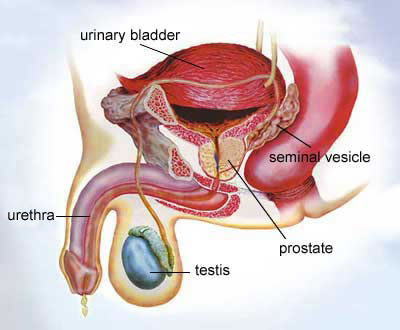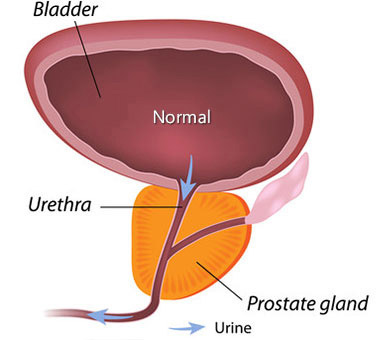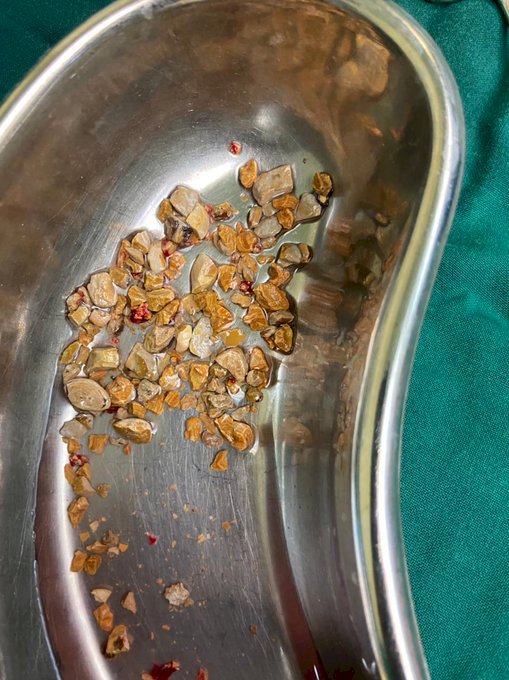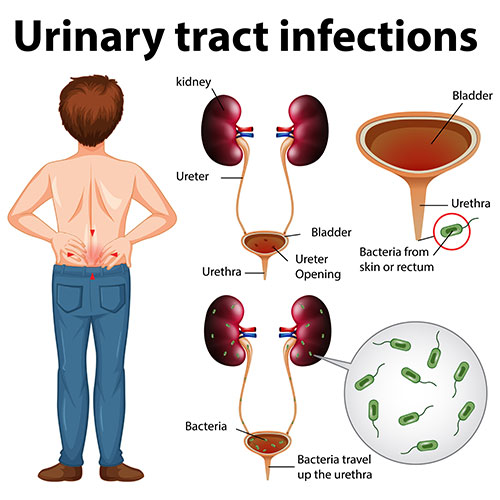Prof. Dr. A. K. Das
Former Professor, Depart of Urology IPGMER and SSKM Hospital, Kolkata
Former Professor & HOD of Urology, B.S.M.C, West Bengal,
Former Professor & HOD, of Urology, N.R.S. Medical College.
Former Professor, Depart of Urology IPGMER and SSKM Hospital, Kolkata
Former Professor & HOD of Urology, B.S.M.C, West Bengal,
Former Professor & HOD, of Urology, N.R.S. Medical College.


The prostate is a walnut -sized gland that forms part of the male reproductive system. The gland is made of two lobes or regions enclosed by an outer layer of tissue . The prostate is located in front of the rectum and just below the bladder, where urine is stored. The prostate also surrounds the urethra, the tube through which urine passes out of the body.

It is a physiological change with aging. As a man grows older, the prostate increases in size. It is thought that the growth result from increased levels of male hormones such as testosterone. Testosterone is produced throughout a man's life and subsequently the prostate grows throughout a man's life.
Due to slow progression of this growth, most men do not notice any symptoms of BPH until they are older and prostate has grown to such a size that it impinges on the outflow of urine from bladder.
The prostate is located at the junction of the bladder and the urethra (which is thin tube that carries urine from the bladder, through the penis, to outside the body). As the prostate enlarges, it impinges the flow of urine through the urethra.
The most common symptoms are :
1. Frequent urination, particularly at night(i.e.,nocturia).
2. Recurrent, sudden, urgent need to urinate.
3. Recurrent, sudden, urgent need to urinate.
4. Pushing or straining to begin urination.
5. Feeling that bladder has not emptied completely after urination.
6. Dribbling after voiding.
7. Blood in the urine (i.e., hematuria),caused by straining to void.
8. Leakage of urine (i.e., overflow incontinence).

A kidney stone is a solid piece of material that from in a kidney out of substances in the urine. kidney stone may be as small as a grain of sand or as a pearl. Some stone are even as big as golf balls. Stones may be smooth or jagged .They are usually yellow or brown.
A stone may stay in the kidneys or break loose and travel down the urinary tract. A small stone may pass all the way out the body without causing too much pain.
A large stone may get stuck in a ureter, the bladder ,or the urethra and can block the flow of urine causing great pain.
A person with a family history of kidney stone may be more likely to develop stones. Urinary tract infections, kidney disorders such as hyperparathyroidism are also linked to stone formation.
Other causes of kidney stones are hyperuricosuria, which is a disorder of uric acid metabolism :gout: excess intake of bitamin D:urinary tract infections: drinking less fluids and blockage of the urinary tract.
Many kidneys stones don't move and are too small to cause any symptoms. However, if a kidney stone cause a blockage, or moves into your ureter, you may:
The most common symptoms are :
1. Have severe pain or ache on one or both side of your back.
2. Get sudden spasms of excruciating pain -this usually starts in the back below your ribs, before radiating around your abdomen, and sometimes to your groin and genitals.
3. Have bloody or cloudy urine.
4. Feel sick or vornit.
5. Feel a frequents urge to urinate ,or a burning sensation during urination.
6. Get fever and chills.

Urinary Tract Infections account for approximately 7 million visits to physicians' offices, and necessitate or complicate over 1 million hospital admissions in the United States annually. UTIs are more common in women than in men, except in the neonatal period.
Women are more prone to UTIs than men due to the close proximity of the urethra, vagina, and rectum. Surveys have shown that 1% of school girls age 5-14 years have bacteria in the urine. This figure increases to about 4% by young adulthood.
Most bacteria enter the urinary tract from the fecal reservoir, entering the urethra into the bladder. Bacteria can also enter through the blood where the kidney is occasionally secondarily infected with Staphylococcus or the fungus Candida. A less common source of bacteria is direct extension from adjacent organs via lymphatics, such as a severe bowel infection or retroperitoneal abscess.